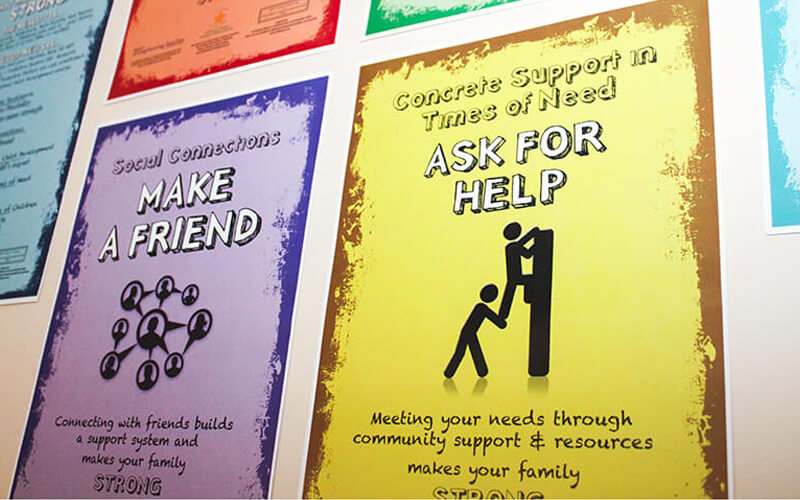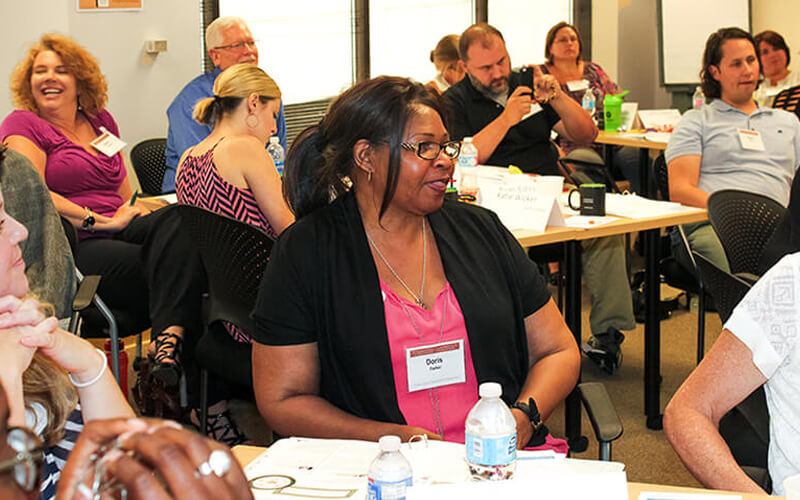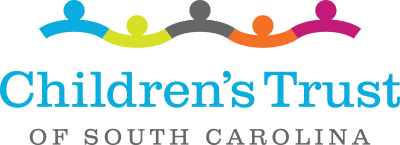Child Abuse Protective Factors – Professional Training In South Carolina
Promoting Protective Factors
Promoting Protective Factors


Duration: 3 Hours
What are protective factors?
Protective factors are conditions in families and communities that, when present, increase the health and well-being of children and families. They serve as buffers, helping parents who might otherwise be at risk of abusing their children find resources, support and coping strategies so that they can parent more effectively, even under stress.
After training, participants will be able to:
- List five protective factors that help keep families strong and prevent child abuse and neglect.
- Identify multiple strategies and concrete everyday actions that help build those protective factors across the socio-ecological model.
- Understand what it means to work with individuals in a strength-based way.
Contact Our Team
Children’s Trust boasts a team of qualified and engaging trainers, offering affordable training opportunities on various topics. Please email us to start a conversation.
